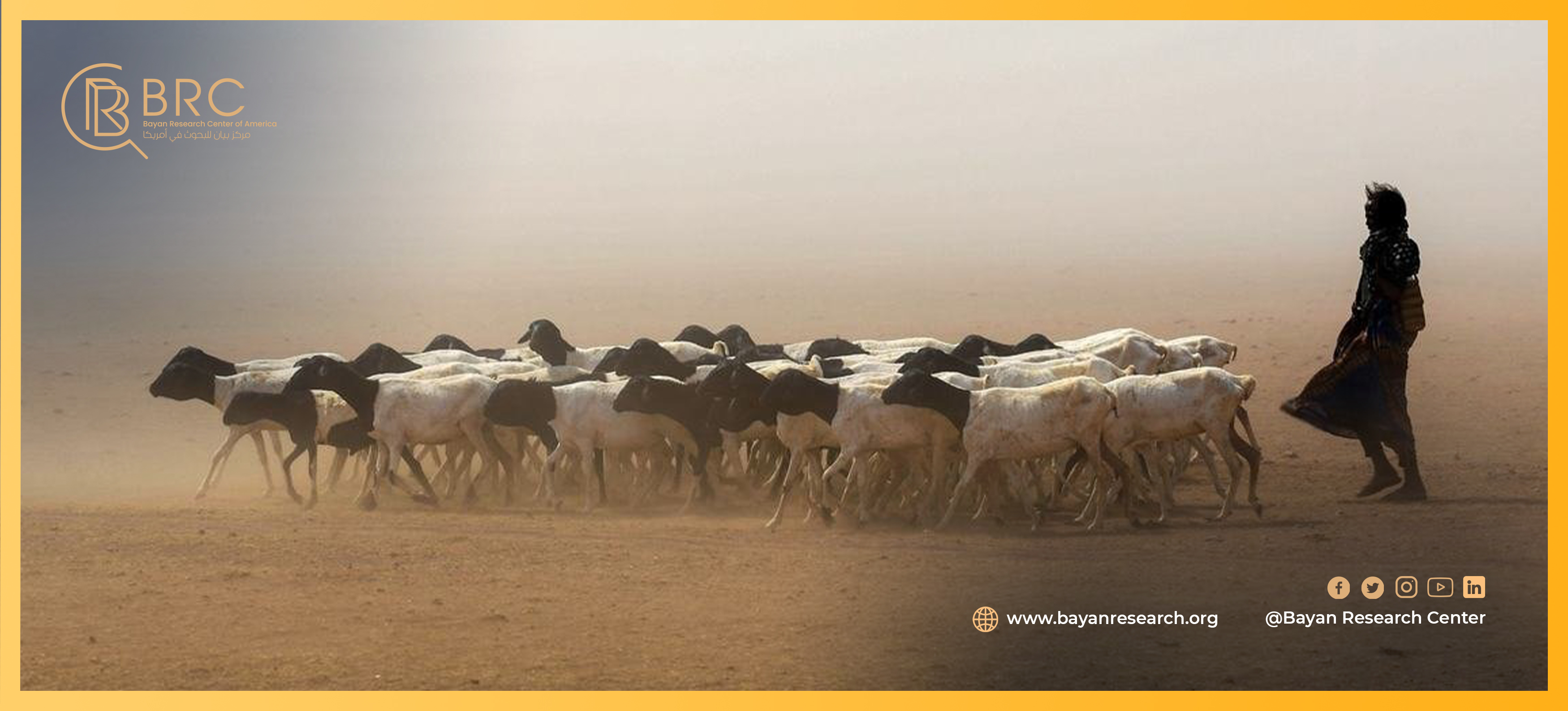Climate Change and Food Security in East African Countries

The East African countries are a group of states including Eritrea, Kenya, Tanzania, Djibouti, Uganda, Sudan, South Sudan, Burundi, Ethiopia, Rwanda, and Somalia which joined together to cooperate in the social, political, and economic field. The topographical variations in East Africa, season association with Indian oceans, and continental volcanoes are some important physical contributors to climate change in addition to greenhouse gas (GHG) emissions. The changes in land use systems are other important issues of climate change. Historically, the grazing on land was a widely adopted land system in East African countries which was transformed into croplands and urbanization. The studies analyzed the climate change impacts on the food security of these countries and the results showed great vulnerability. The main contributors to this vulnerability are rainfed farming systems, high poverty rates, economic instability, and internal conflicts. Some of the severe climate change-related issues include prolonged drought in Uganda in 1999-20001 and worsened climatic drought spells in South Sudan, Eastern Kenya, and Uganda2. The drought conditions badly destroyed the livestock and crop sector and ultimately reduced food availability and increased food prices in these countries. It was projected that median temperature and precipitation may change by 1.4–5.5°C and −2% to 20%, respectively in this region by end of the century. It was concluded that the future yield of grains and beans is likely to change by -45% to 27%. The maximum yield losses up to 72% were recorded in wheat3. It is deteriorated the natural resources and environment; it was reported that 50% of national forest cover have been lost between 1993 to 20144.
The region contains largest food insecure people worldwide. The recent report on food crises, jointly published by the global network against food crisis and food security information network revealed that three out of ten worst food crisis in the world were from IGAD (Intergovernmental Authority on Development) which mainly include East African Countries. The acute food shortage crisis was reported in South Sudan, Ethiopia, Kenya, Somalia, and Sudan with 61%, 27%, 22%, 17%, and 14%, respectively. The weather extremes during 2019 were identified as primary drivers for food insecurity and malnutrition. The sizeable population of 13.2 million from Somalia, Ethiopia, and Kenya required urgent need for food assistance, following these extremes. In the same way, the bad governance and economic shock push another 8.5 and 5.9 million people of this region into the category of food insecure population. The floods in 2019 in East Africa, as a result of excessive rainfall also increased the proportion of food-insecure people. The floods destroy cropland (over 702 km) and affected 1.3 million people. The great losses were reported in Ethiopia, Uganda, Somalia, Kenya, and Djibouti. The floods through river and torrential rains adversely affected about 29 districts in Somalia5,6.
